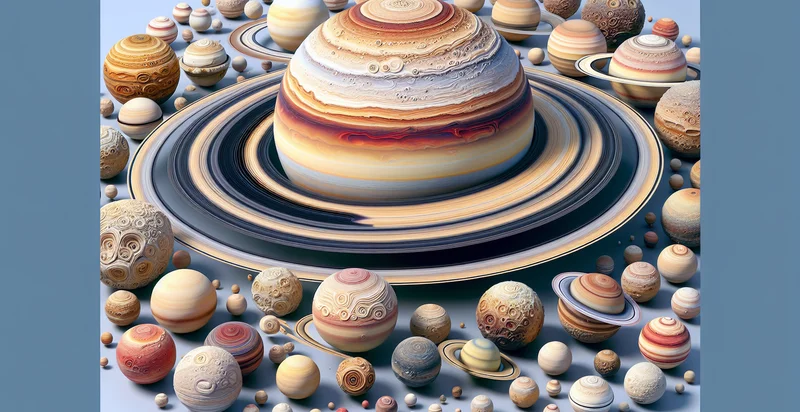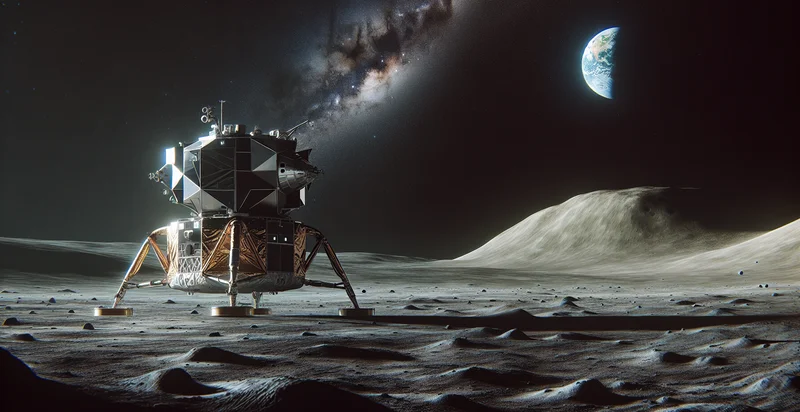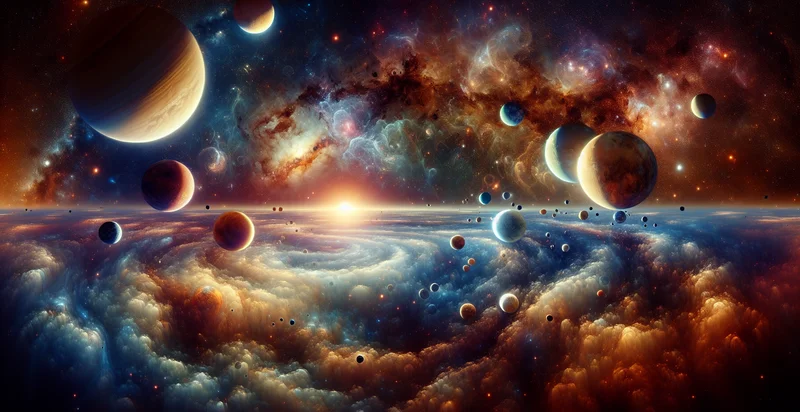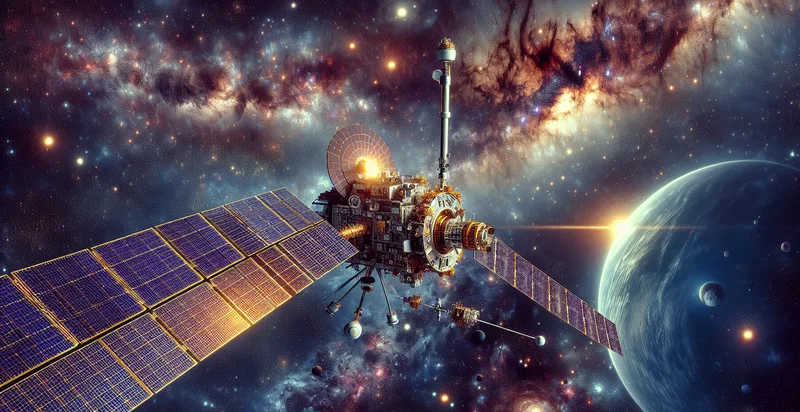Identify saturn models
using AI
Below is a free classifier to identify saturn models. Just upload your image, and our AI will predict if it shows a picture of Saturn - in just seconds.

Contact us for API access
Or, use Nyckel to build highly-accurate custom classifiers in just minutes. No PhD required.
Get started
import nyckel
credentials = nyckel.Credentials("YOUR_CLIENT_ID", "YOUR_CLIENT_SECRET")
nyckel.invoke("saturn-models", "your_image_url", credentials)
fetch('https://www.nyckel.com/v1/functions/saturn-models/invoke', {
method: 'POST',
headers: {
'Authorization': 'Bearer ' + 'YOUR_BEARER_TOKEN',
'Content-Type': 'application/json',
},
body: JSON.stringify(
{"data": "your_image_url"}
)
})
.then(response => response.json())
.then(data => console.log(data));
curl -X POST \
-H "Content-Type: application/json" \
-H "Authorization: Bearer YOUR_BEARER_TOKEN" \
-d '{"data": "your_image_url"}' \
https://www.nyckel.com/v1/functions/saturn-models/invoke
How this classifier works
To start, upload your image. Our AI tool will then predict if it shows a picture of Saturn.
This pretrained image model uses a Nyckel-created dataset and has 2 labels, including Planets and Stars.
We'll also show a confidence score (the higher the number, the more confident the AI model is around if it shows a picture of Saturn).
Whether you're just curious or building saturn models detection into your application, we hope our classifier proves helpful.
Related Classifiers
Need to identify saturn models at scale?
Get API or Zapier access to this classifier for free. It's perfect for:
- Satellite Imagery Analysis: This use case involves the classification of satellite images to identify different models and features of Saturn. Researchers and space agencies can use this function to analyze atmospheric patterns and surface changes over time, helping to enhance our understanding of the planet.
- Educational Content Creation: Educators and content creators can leverage the True image classification function to develop engaging educational materials about Saturn. By automatically classifying images into categories, they can create interactive learning modules or presentations that highlight the various features and phenomena associated with Saturn.
- Planetary Exploration Missions: Mission planners can utilize the image classification function to efficiently process data from Saturn exploration missions. The ability to identify and classify features in the images can help scientists prioritize targets for further study and maximize the scientific return of robotic missions.
- Astronomy Research: Astronomers can use the classification function to analyze and interpret historical and current images of Saturn. By identifying different models within the images, researchers can track changes and develop theories about Saturn’s atmospheric dynamics and ring structures.
- Public Engagement and Outreach: Science centers and museums can harness the true image classification capabilities to create immersive exhibits about Saturn. By classifying and displaying various models within the images, they can spark public interest and facilitate discussions about space exploration and planetary science.
- Space Tourism Marketing: Companies involved in space tourism can use the image classification function to promote trips to Saturn or to provide potential tourists with customized visual experiences. By classifying stunning imagery of the ringed planet, these companies can enhance their marketing materials and entice future travelers.
- AI-Driven Space Image Cataloging: Organizations that specialize in space image archival and cataloging can implement the image classification function for efficient data management. The automated classification of Saturn models will streamline the organization of vast image datasets, making it easier for researchers to access and utilize relevant imagery for their studies.


